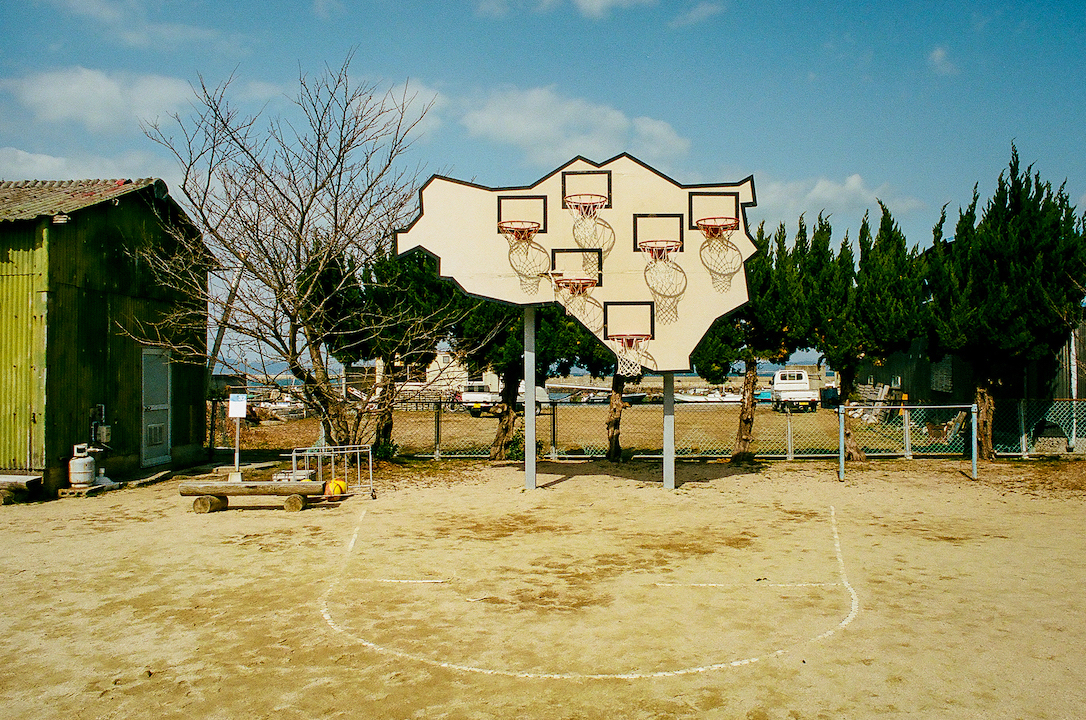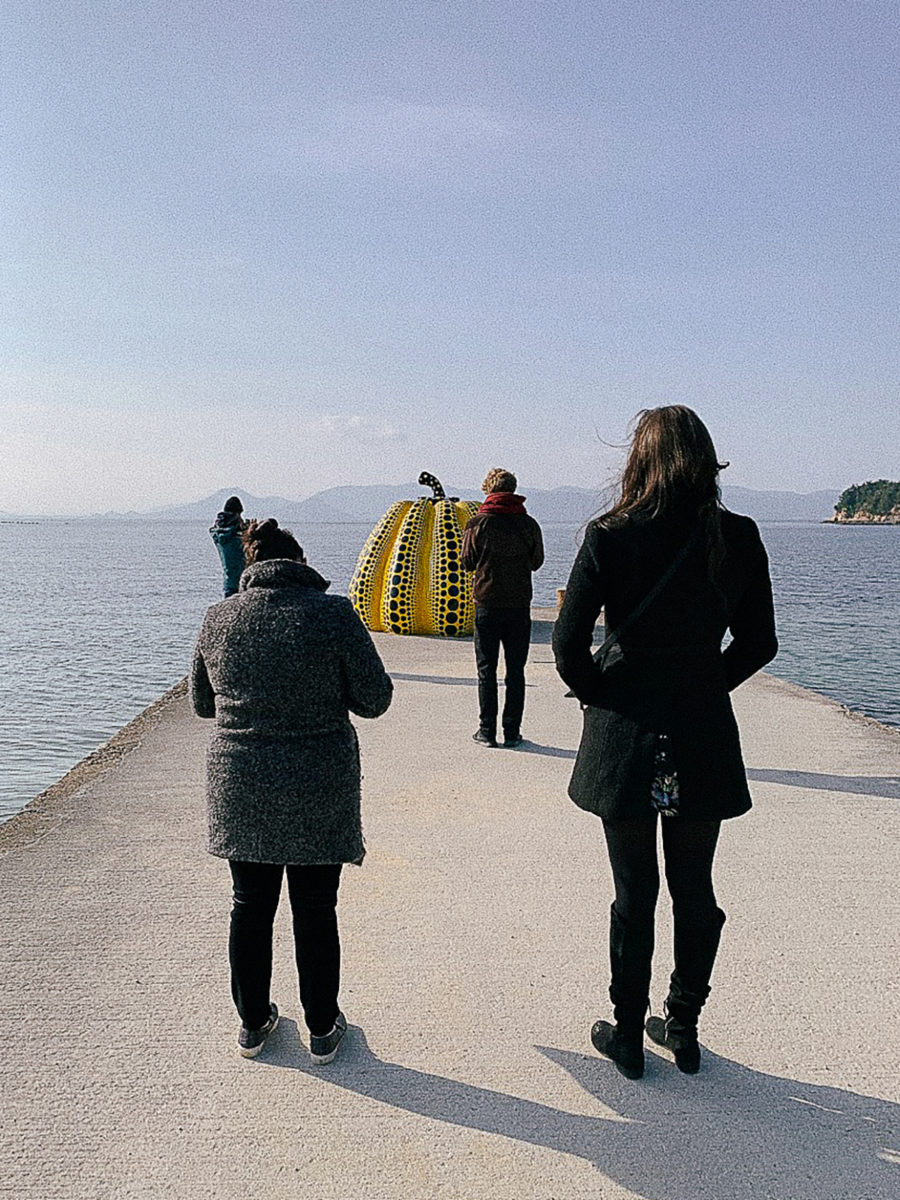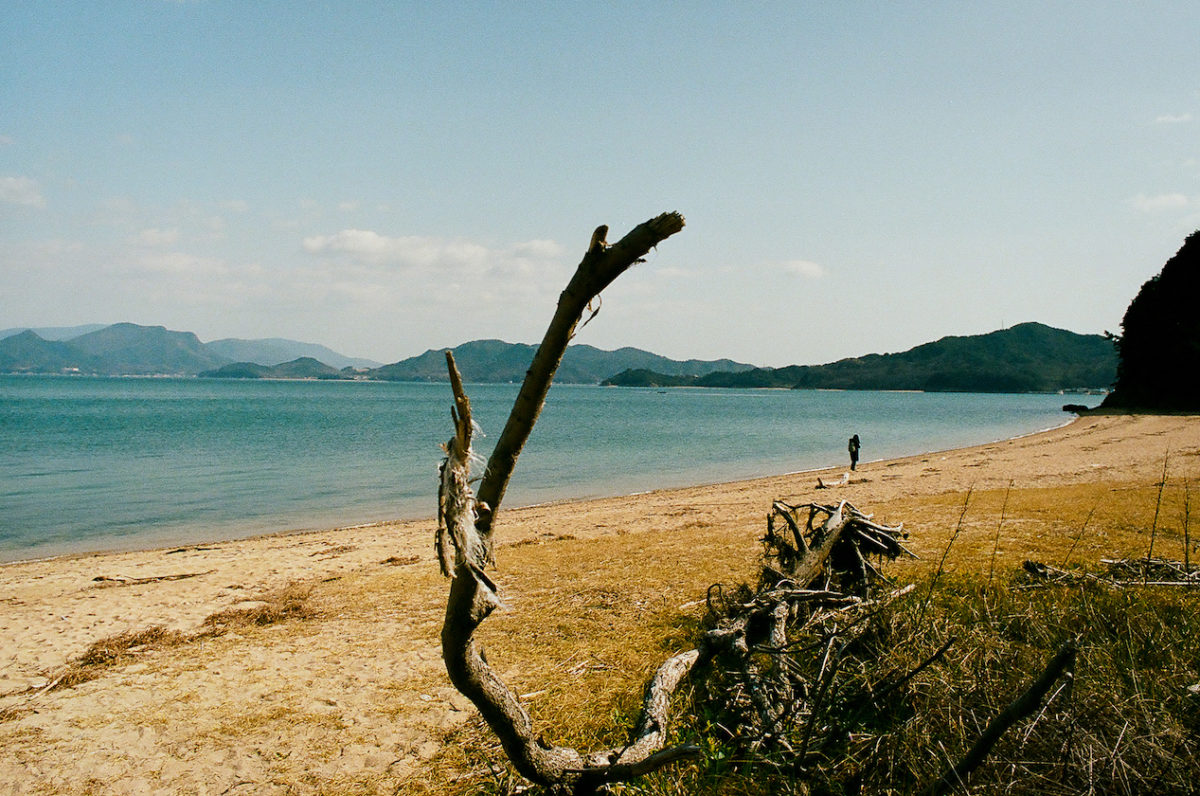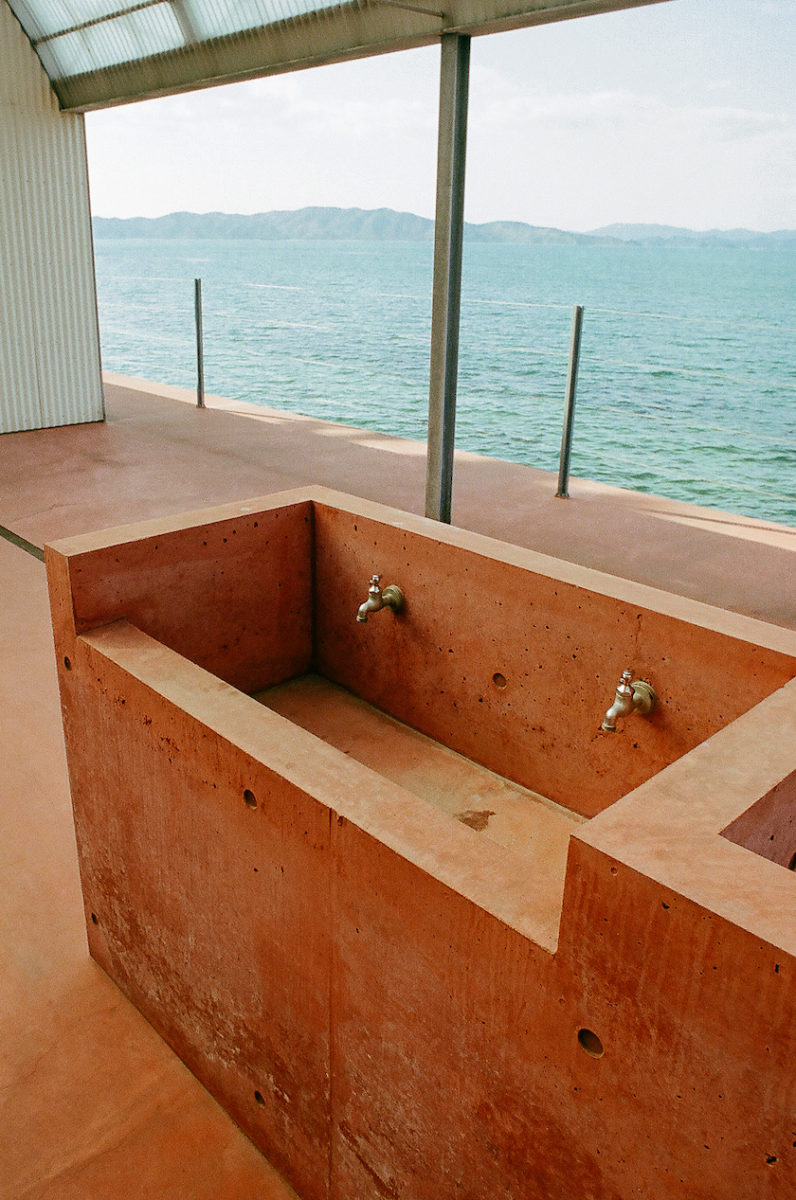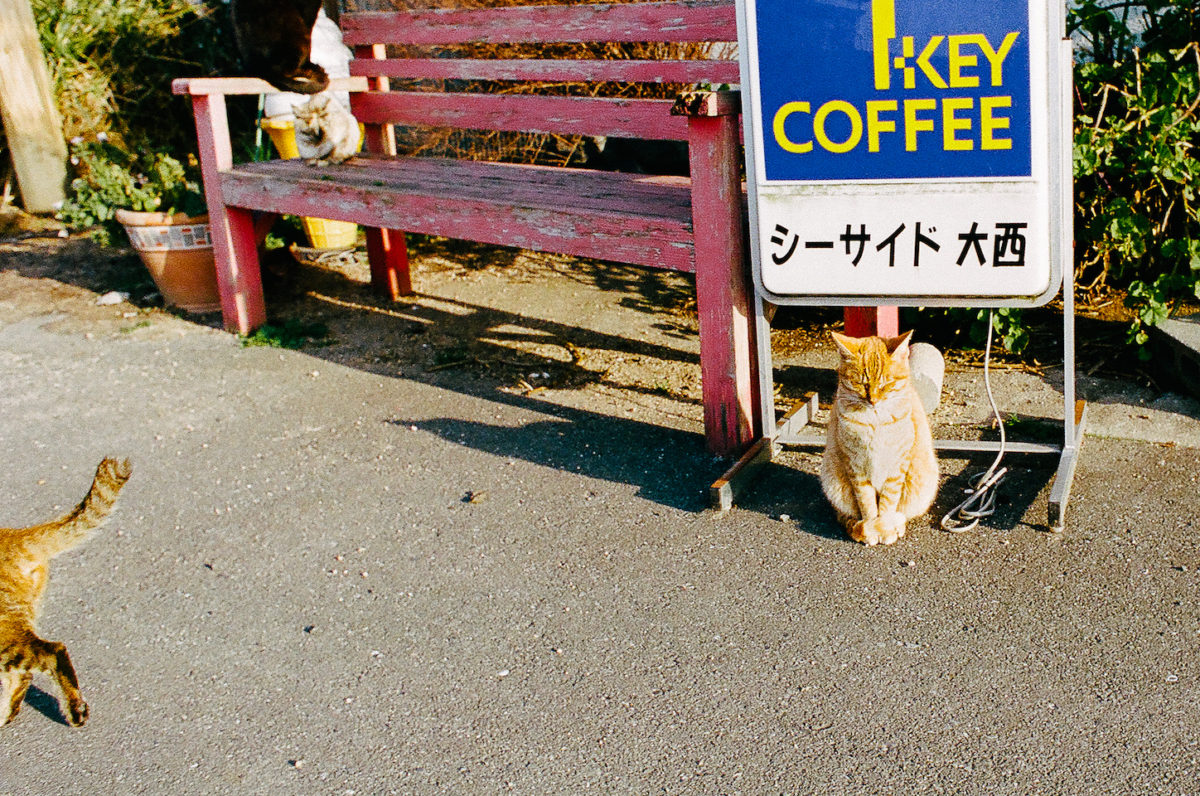We traveled to Japan with 12 in tow: my parents, my sister and her husband, my brother and five of his friends, and my boyfriend and me. While the boys were in search of the perfect day of snowboarding and quickly headed north to Niseko, I suggested that my mom, sister, brother-in-law, and I instead visit Naoshima and Teshima, two of Japan’s “art islands” in the south.
A friend had raved about them after her honeymoon there (and they didn’t require any athletic prowess). I didn’t know that I was about to experience one of the most magical and tranquil vacations of my life.
A few months earlier, I attended a design thinking workshop at Stanford. Instead of a break, we were encouraged to take a midday derivé. Introduced in 1956 by French Marxist theorist Guy Debord, a derivé is an unoptimized and unplanned wander through a landscape to “let [participants] be drawn by the attractions of the terrain and the encounters they find there.” In practice, this might mean following the color red or the sound of birds or a city bus.
I tried to incorporate the practice into my travels: Step outside the hotel and just start walking. I loved opening myself up to total randomness in a new place. But it wasn’t until we arrived on Naoshima and Teshima that I realized that both are essentially designed for island-wide derivés. That day, I followed the visible rustle of wind in the trees.
There is no way to plan your journey through these islands. Sure, you can map a route between official exhibits and try to stick to it—but that would be entirely missing the art that exists along the way: the absolutely perfect color of a café’s deck against the sea, an architectural pile of driftwood on the beach, the drama of all the islands’ stray cats. I felt the same standing in front of the vast sea as I did surrounded by dozens of friendly cats in the wharf as I did stepping into James Turrell’s immersive color exhibits: surprisingly and utterly transported.
That’s what I ended up photographing: all the things I had to get off my bike to look at. It didn’t matter what was an “exhibit” and what was nature; the islands are built to make you stop for both.
